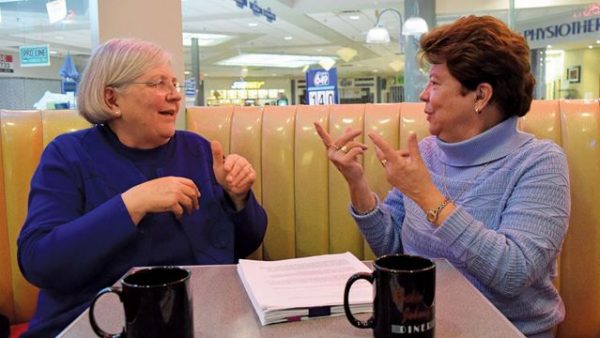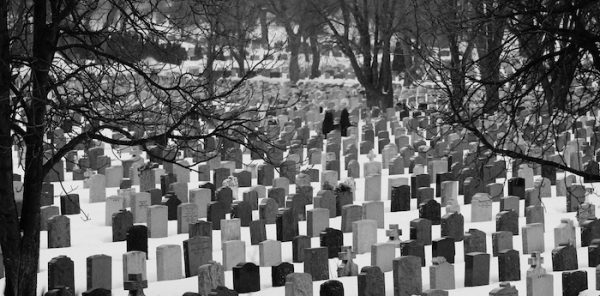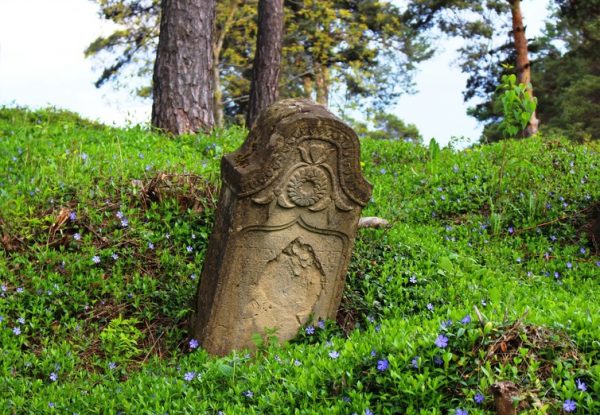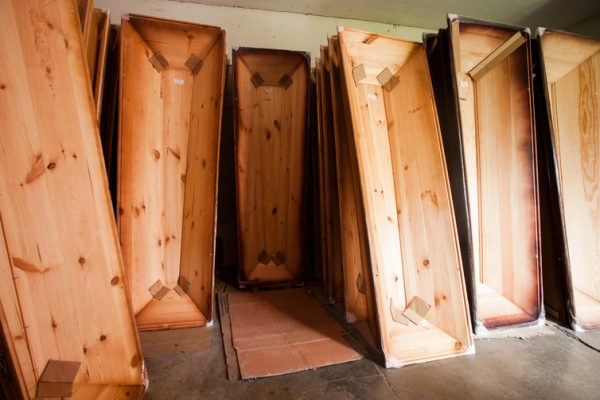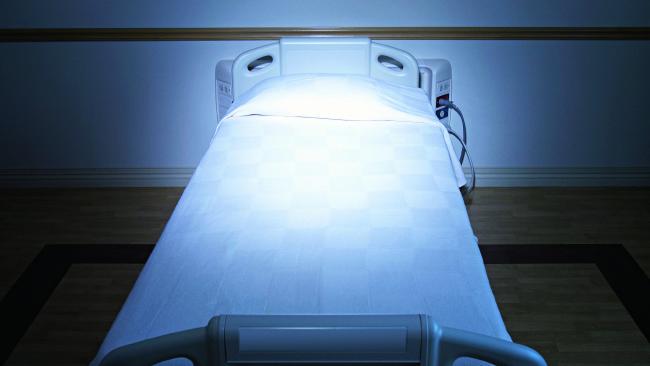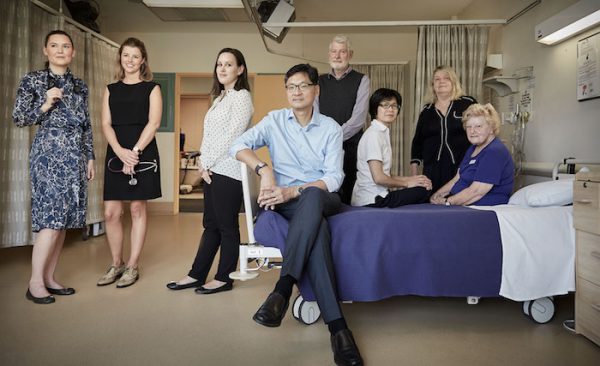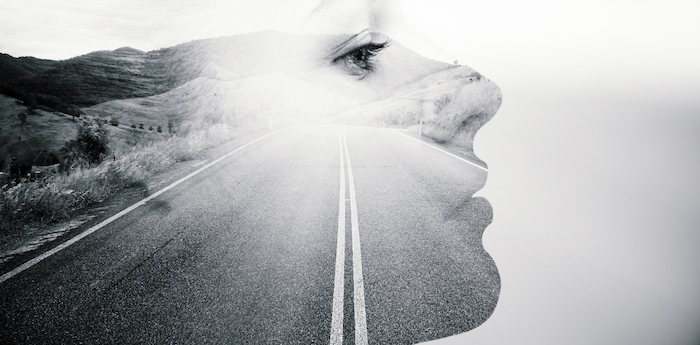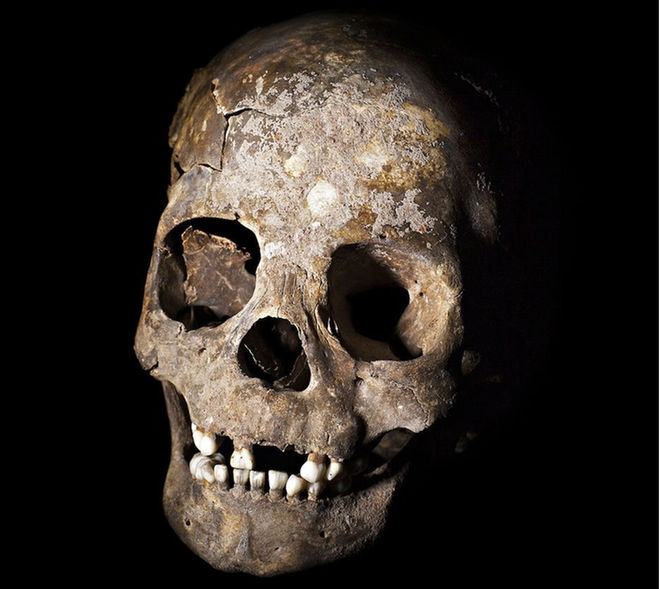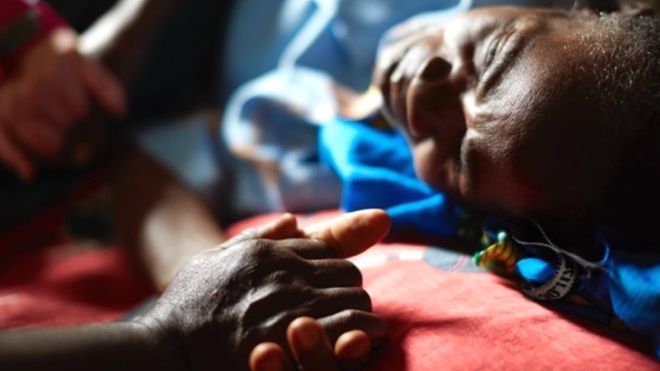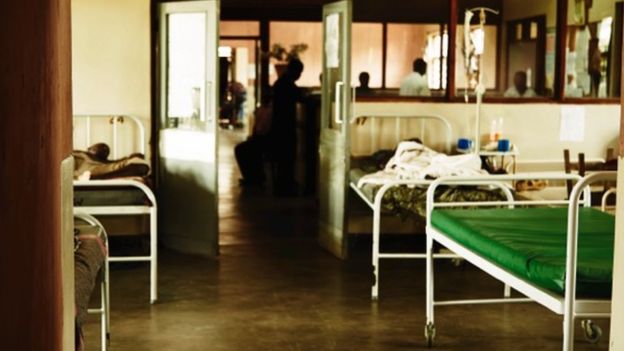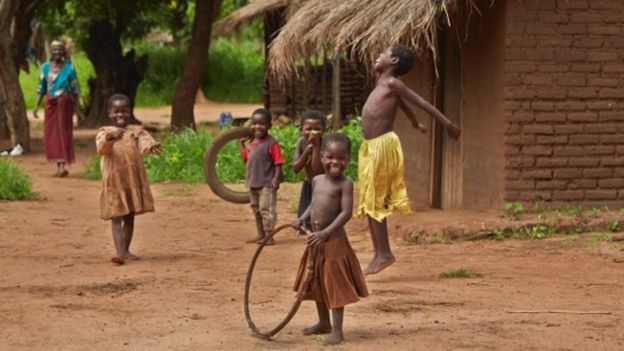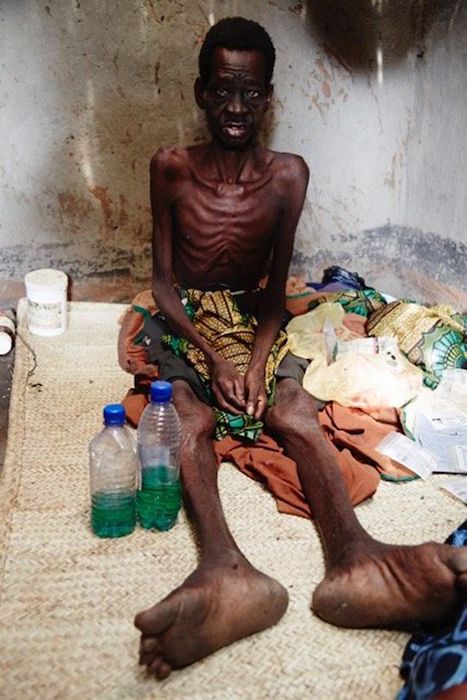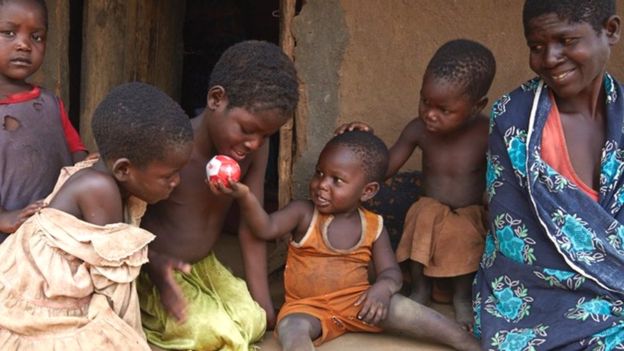The first experience Monica Elaine Campbell had with palliative care was helping a woman who had lost her ability to speak because of throat cancer.
Campbell, profoundly deaf since birth, is an excellent lip reader and staff at an Ottawa hospital asked if she could interpret the dying woman’s words. The woman had been communicating with paper and pen, but now was too weak even to do that.
“I was very hesitant. Then I thought, well, the least I could do is give it a try,” said Campbell, who is able to speak despite never having heard a word herself. “I put my hand on her right arm and said, ‘I’ve never done this before. I will try my best.”
Campbell leaned close as the woman mouthed her words. Campbell repeated it back and had the woman nod yes if she had understood correctly. She spent five hours with the woman, relaying messages between her and her family and the medical team. She was able to interpret about 85 per cent of what the woman told her.
“I came away a different person,” Campbell said. “I was very touched by the experience.”
The dying woman had not been deaf, but the experience got Campbell thinking about the communication needs of people like herself: the deaf and hard of hearing. A few years later, Campbell was asked to help a deaf friend who was about to receive bad news about her cancer diagnosis.
“I didn’t know much about palliative care, but she was struggling with her terminal illness,” Campbell said. “I thought, my goodness, what if that was me? I thought, I should talk to my deaf friends about death and dying and what our experiences have been.”
Those conversations led Campbell and her friend, sign language interpreter Christine Wilson, to start up the Ottawa Deaf Palliative Care Team, a group of volunteers that provide end-of-life care for the deaf and hard of hearing and their families. In 1999, she enrolled in palliative care courses at Algonquin College with two Deaf colleagues (the Deaf use a capital D to refer to the sub-culture of people who communicate with sign language; “hard of hearing” are those who have lost some or most of the hearing but can still use some speech, sometimes augmented with sign language; the “deafened” or “oral deaf” have lost some or all of their hearing, but either learned to speak before their deafness or, like Campbell, learned to speak despite it.)
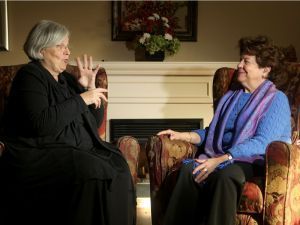
The group then received additional training from Hospice Care Ottawa. It took five years to get up and running, but since 2009, the Deaf Palliative Care Team has helped inform and console the deaf and hard of hearing, breaking through their sense of isolation at the most frightening, most challenging time of their lives.
Last winter, Campbell was honoured with the Order of Ontario for her work advocating for the deaf in palliative care as well as the June Callwood Outstanding Achievement Award for Volunteerism.
“It’s a pretty scary thing to be in the health-care system,” said Lisa Sullivan, executive director of Hospice Care Ottawa. “You can imagine what it’s like for people who are deaf and to be at the end of life or actively dying and not have a way to communicate.”
Team members have also volunteered to work with the hospice to mentor new deaf volunteers. And they’ve been there, too, when some of their own members have been in palliative care.
The rights of the deaf are protected by the Ontarians with Disabilities Act, while federally, the rights of the deaf were recognized in a 1997 Supreme Court of Canada decision. Working toward the passage of a Canadians with Disabilities Act was the first item last fall on Prime Minister Justin Trudeau’s mandate letter to the Minister of Sport and Persons with Disabilities, Carla Qualtrough.
It’s a long way from how the deaf used to be treated. Wilson learned to sign because she was the hearing daughter of two profoundly deaf parents. She was just a young teenager when her father died of a brain tumour in 1964.
“For the four months he was ill, I bet he never fully knew what was wrong with him, what was happening or that he was going to die,” said Wilson, a former nurse who now works as a sign language interpreter.
“There were no such thing as interpreters, back then. The night my dad died, they never even called my mother to go and spend that last time with him. It was his brother, my uncle, who was with him and he was the one who called the house and said to us, as kids, ‘Tell your mother that your father has died.’
Even when Campbell’s own father died of cancer in 1993 in a Prince Edward Island hospital, she found herself struggling to understand what was going on and feeling excluded from the discussions.
“The doctor had a meeting with the family, but I wasn’t able to follow what they were saying. I felt very isolated,” she said. “I was very bothered that there wasn’t a system at the hospital to sit down with us as a family.”
The Ottawa Deaf Palliative Care Team sometimes has to get creative in its service. One woman they helped was deaf and had almost no vision. She was able to communicate in a form of sign language tapped on her skin, but the team had to devise a way to identify themselves. Campbell let the woman feel the heart-shaped pendant she wears. One doctor had the woman touch her long braids and stethoscope. Another let her feel his distinctive watch with its wide wrist band. It was the only way for the woman to know who she was communicating with.
“Our modus operandi is that you don’t get ready to serve the deaf when they show up,” Wilson said. “You have to be ready. At first, (the hospice) was very resistant to have Elaine or other members of our team be there as volunteers. But the more they worked with us, the more they could see that it just made sense. Yes, maybe it wasn’t going to be as clear communication … but it’s all rubbed off on the staff. They know when a deaf person comes, we will become a team so that one of us is there all the time.”
There’s a certain pride in being Deaf, but for Campbell that pride took a long time to come. A native of PEI, she was 15 months old before doctors knew for certain she could not hear. Her parents were determined that she would learn to speak, patiently drilling her for hours on how to form words. She attended a school for the deaf and grew close to her classmates, who were like another family to her, but didn’t learn to sign until she was an adult.
“It made me change my perspective. Growing up I felt like a broken person who didn’t quite fit in,” she said. “Then it just hit me one day – I’m a human being who happens to be deaf. I was 38 before I came to be at peace with myself and who I am.”
Complete Article HERE!

